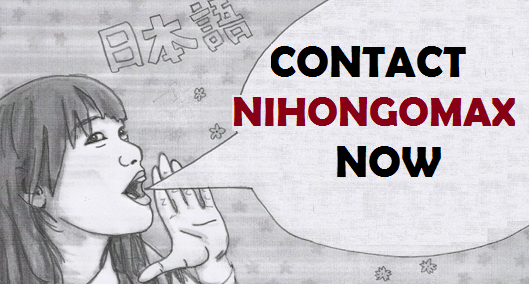


Japanese folklore is a very broad subject having numerous numbers of folktales, legends, supernatural beings and creatures. It had been passed down through generations and formed the foundation of Japanese culture and tradition. Even in the modern times Japanese folklore is much appreciated and widely shared within the society attracting the attention of people from all over the world. In this article we attempt to briefly touch on this wide topic and try to understand its basic structure.
Yokai are very interesting creatures in Japanese mythology. These creatures are also called “uncanny spirit"or “strange spirit”. The originated as a way to explain the strange phenomenon whose cause was unknown. The phenomenon whose cause is not clear is usually said to have been done by yokai.
Yokai are not just one creature, but they come in variety of shapes, sizes and personalities. Some yokai are said to be mischievous and cause trouble and some are said to be benevolent guardians that guide the people. Some yokai can even be monstrous. Many folktales are formed with the yokai as the main character.

Some famous yokai include the mischievous kitsune (fox spirits) and the water-dwelling kappa etc.


In Japanese folklore, kami are a very important element. Kami are Gods, divine spirits, ancestral spirits and deities as explained in Japan’s indigenous religion, Shintoism.
These sacred and spiritual beings inhabit both natural and supernatural elements of the world. Different kami are associated with different natural and supernatural elements such as rock, mountain, trees, rivers and ancestral spirits.
Kami are associated with the virtue of the element it inhabits and are worshipped through prayers, rituals and festivals.
Examples of kami include the “three precious children”, Amaterasu, the sun goddess, the moon deity Tsukuyomi and the Strom god Susanoo, of the creator god Izanagi, ancestor of the imperial family, and Inari, the kami of rice, fertility, and prosperity.

Japanese folklore is filled with very interesting and captivating folktales and myths. There are so many legendary tales and myths that are deeply woven in the fabric of Japanese culture. These stories attempt to pass down beautiful moral lessons to the younger generations in the form of tales of heroic figures who encounter supernatural things. These tales have been passed down through oral as well as written traditions. These stories not only inspire people but also makes the culture and heritage of Japan richer and more valuable.
Some examples of such tales include:
1.The Epic Adventures of Momotaro the Peach Boy in which an old couple discovers a huge peach from which a beautiful baby boy appears. This boy grows into a young adult very healthily and begins an adventurous voyage.

2. The tragic romantic tale of two star-crossed lovers Orihime and Hikoboshi in the Tanabata festival (The Star Festival), where these lovers are only allowed to meet once a year when the sky is clear because they were separated by the Orihime’s angry father.

These myths continue to inspire creativity and teach lessons to the Japan and beyond.

You can observe variety of festivals happening in Japan throughout the year. Japanese people celebrate its folklore and traditions through vibrant festivals and rituals to honor, remember and worship benevolent yokai, kami, and legendary figures.
Some of the matsuri(festival) are celebrated to worship specific deities or spirits and some to honor ancestors' spirits as in Obon festival.
These lively matsuri are usually celebrated with traditional performances, wearing traditional and colorful clothing and rituals that connect participants with the Gods and deities.


Even though the Japanese folklore is very old it continues to inspire modern culture, including literature, art, theater, and popular media. While you are watching your favourite anime or shows or even reading manga you can observe the recurring appearance of kami, yokai or mythical creatures.
Some examples are films like “Princess Mononoke” where kami(gods) of forest are shown, “Spirited Away”-in which various yokai, deities and river spirit are shown, and “Natsume’s Book of Friends” where a teenage boy can see spirits and yokai.
Also, the themed merchandise, such as toys, games, and apparel, made using these characters gain huge popularity among enthusiasts of all ages, keeping the spirit of Japanese folklore alive in modern times.

Japanese society continues to preserve and revive its old traditions. Many organizations are specifically dedicated for preserving folklore studies, such as the Japanese Folklore Society, work to document and research traditional beliefs and practices.
Conclusion:
In this article we tried to provide curious and mythology enthusiasts an outline of the Japanese folklore. From the terrifying yurei( ghosts) to the divine kami Japanese folklore is filled with beautiful and inspiring lessons and stories. We encourage you to explore more about the Japanese folklore and enjoy your time.
Thank you for reading!
For learn more about Japan and Japanese language, checkout our YouTube channel Nihongomax and our website Nihongomax.com.